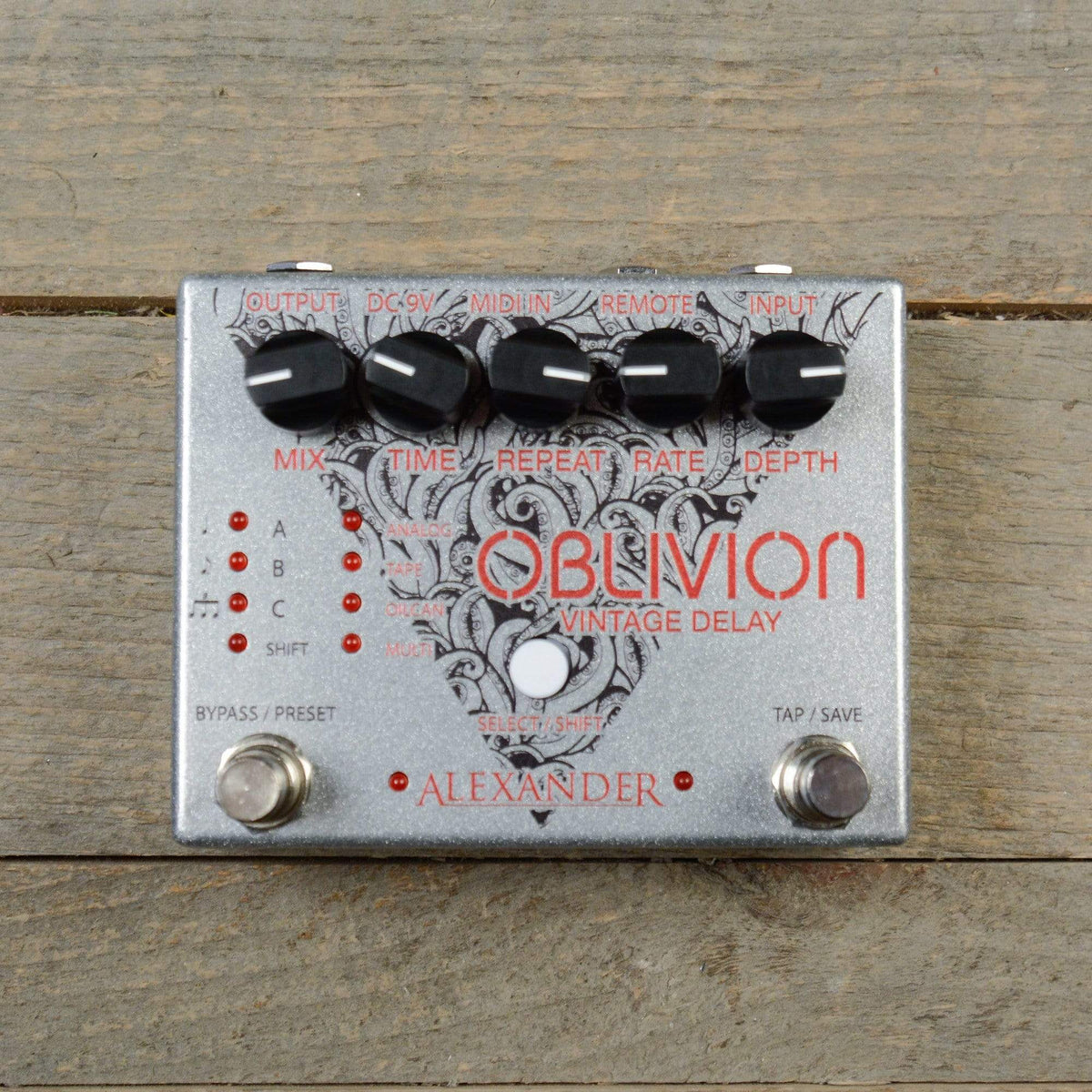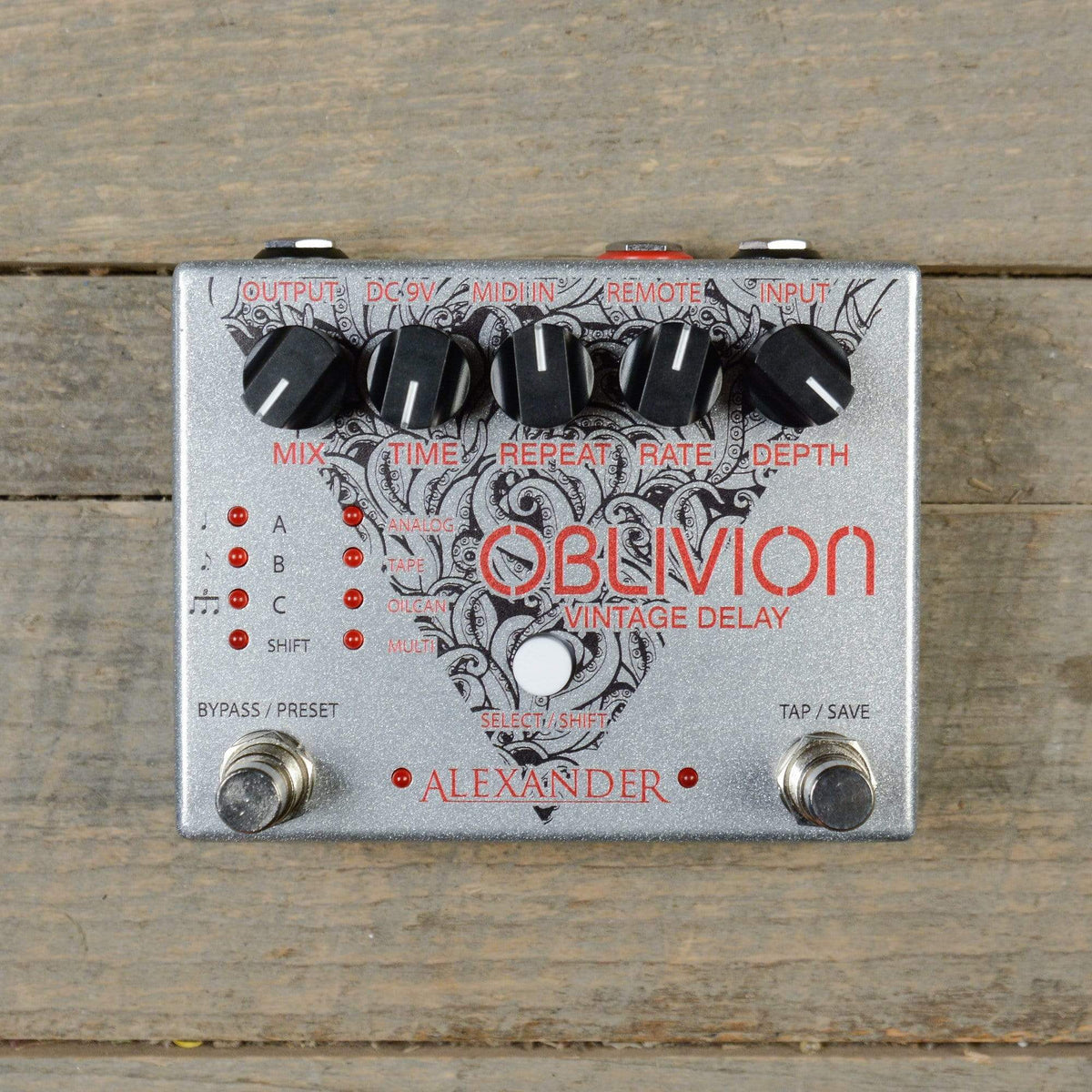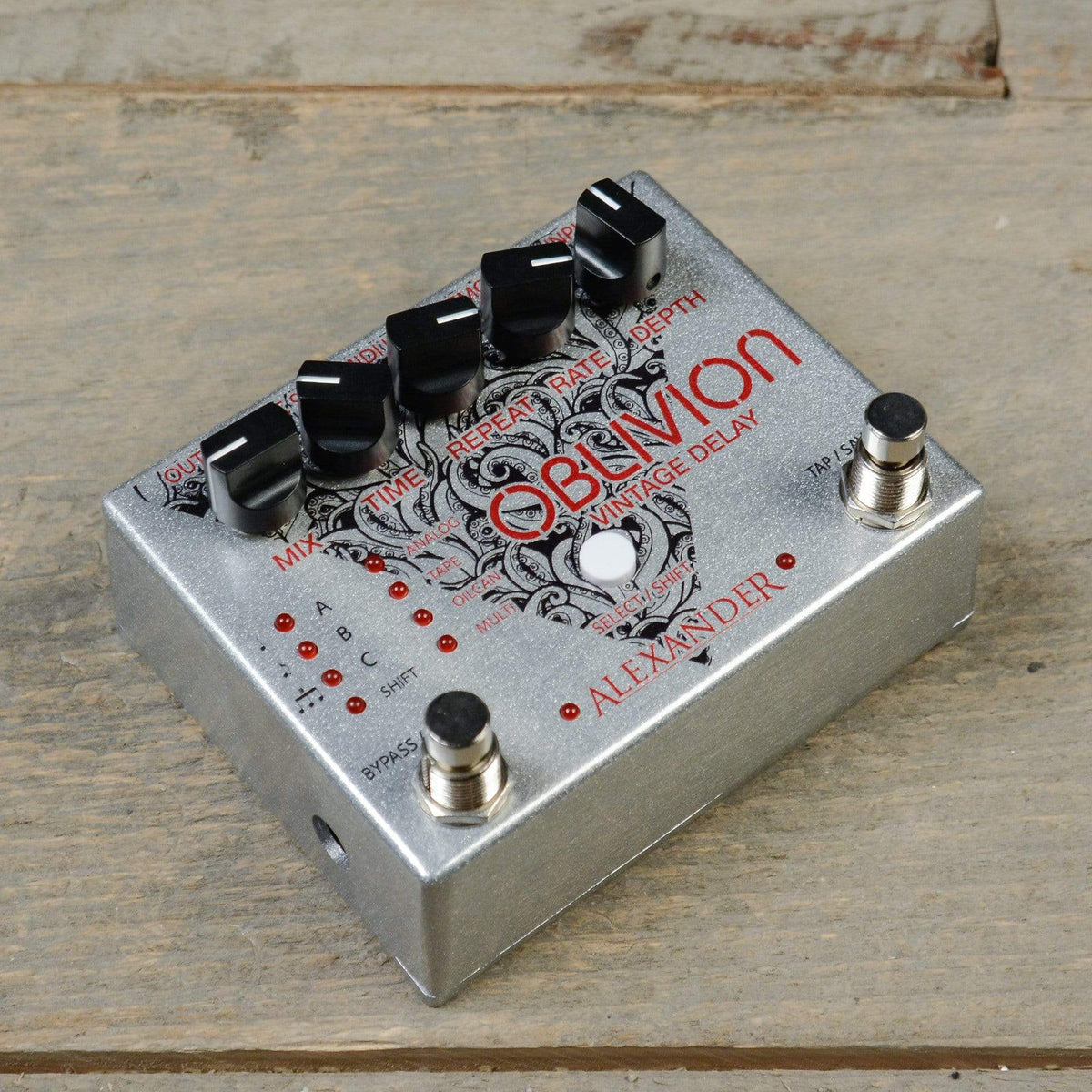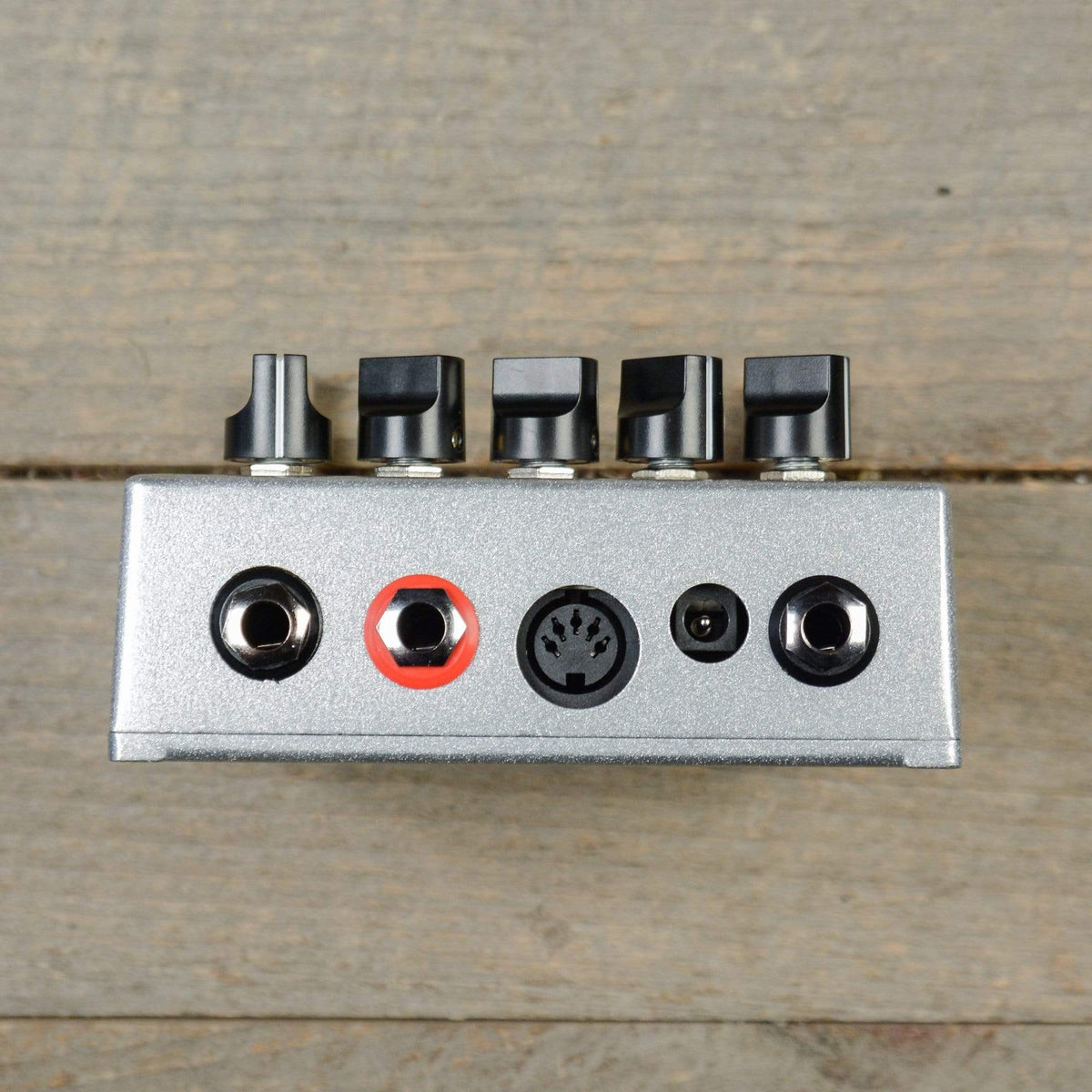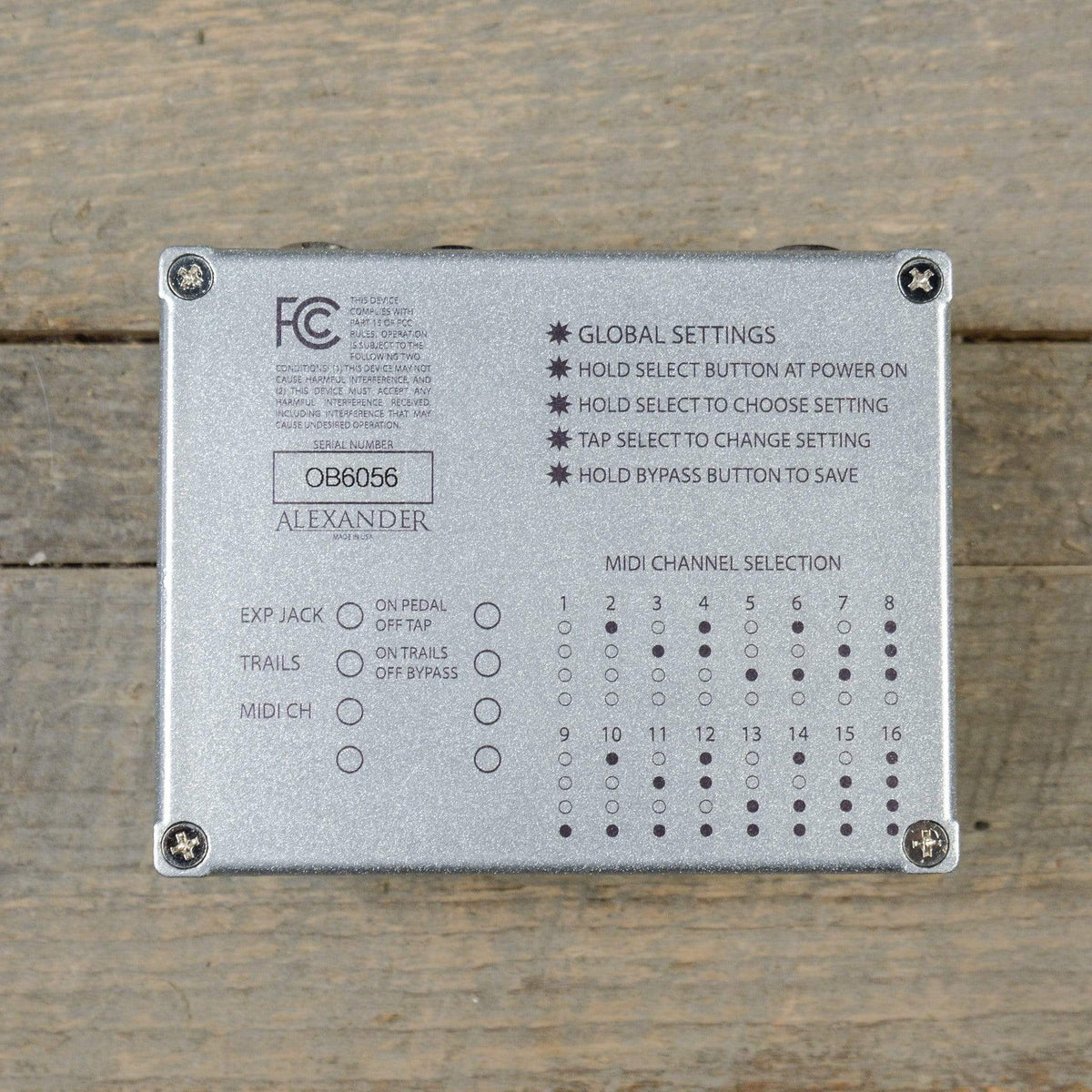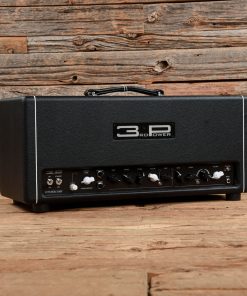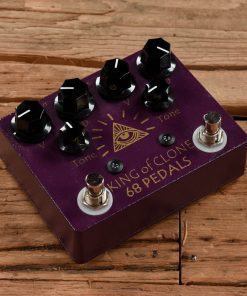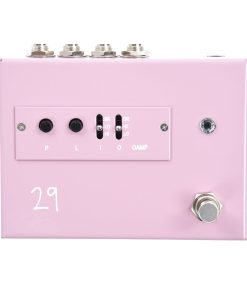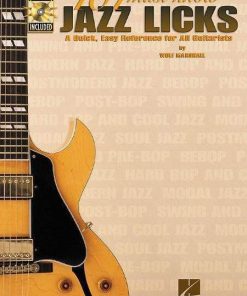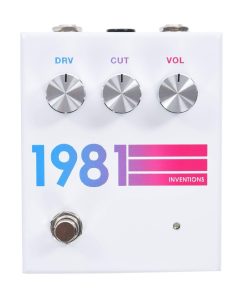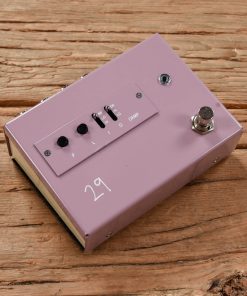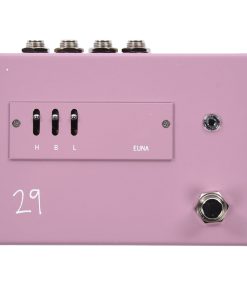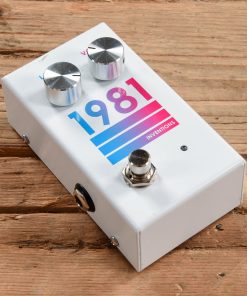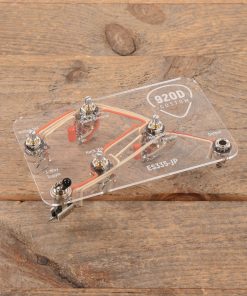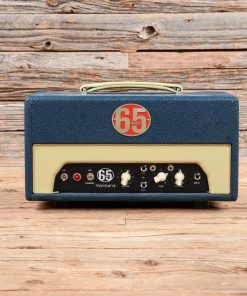Alexander Pedals Oblivion Vintage Delay Alexander Pedals
$ 174,60 $ 69,84
This pedal is in amazing, like new condition and comes with original packaging!
Alexander Pedals Oblivion Vintage Delay
Oblivion – The Oblivion is our exploration of what exists in the darkest corners of the sonic universe. Tread lightly. Or for more fun — don’t.
Bypass / Preset – Tap to bypass the pedal, hold down to select the next preset.
Tap / Save – Tap to set the delay time, hold down to save the current settings to the active preset.
Mix — Controls the blend between fully dry (clean) and fully wet (repeat only) echo sound. 12 o’clock is an equal mix of clean and echo.
Boost — When Shift is active, the Mix knob controls the overall output level from -3dB to +3dB.
Time — Adjusts the maximum delay time from 10ms to 900ms.
Wave — When Shift is active, the Time knob controls the wave shape of the modulation. Available waves include sine, square, ramp up and ramp down.
Repeat — Controls the feedback of the delay.
Tone — When Shift is active, the Repeat knob controls the tone of the echo. When the Oilcan mode is selected, this knob controls the age of the oil.
Rate — Adjusts the rate of modulation. Set this to zero to disable modulation.
Depth – Adjusts the depth or range of modulation. In Multi mode, this control selects one of eight delay patterns.
Delay Modes:
Analog – This mode evokes the warm and murky depths of the classic bucket brigade echo units. These early solid-state memory devices were far more compact and efficient than magnetic tape storage but required high frequency filtering to eliminate their characteristic clock noise. Adjust the Tone control to achieve classic “chirpy” echo or a washed-out ambient delay. The modulation effect adds an analog chorus effect.
Tape – magnetic bliss lives here. This mode recalls the earliest echo units, powered by “newfangled” magnetic tape. Tape technology advanced by leaps and bounds following WWII, and thanks to the efforts of Ray Butts and Les Paul it became an integral part of rock and roll. The Tone control adjusts the fidelity of the tape path. Try this mode with a slow ramp modulation to simulate a worn tape mechanism.
Oilcan – this mode is based on the electrostatic delay line effects introduced during the 1960s. These bizarre units utilized a rotating disc bathed in a lubricating fluid to store an electrical charge. Dirty, dark, and more than a little watery, the Oilcan unit is an essential part of the vintage echo experience. The Tone control adjust the age of the fluid in the drum, with higher settings yielding a darker and more distorted tone.
Multi – the final mode in our journey is quite enchanting. The magical and elusive multi-head delay allows the player to select various combinations of its four playback heads, creating exquisite patterns that spiral into chaos. In this mode, modulation is disabled and the Rate knob controls the pattern selection.
Expression Pedal:
Connect a standard expression pedal (or volume pedal with a TRS cable) to the Oblivion’s Remote jack to activate Expression functionality. The Expression jack allows the player to “morph” between two completely different knob settings in real time. Setting it up is easy: place the connected expression pedal with the heel down and turn the pedal knobs to your desired configuration. Place the expression pedal toe down and set the knobs in the new setting. That’s it. Now when you sweep the expression pedal the Oblivion will magically change settings smoothly. Note that the pedal knobs won’t actually move themselves but the sound will change.
Bypass Switching:
The Oblivion features a buffered bypass with optional “trails.” In Trails mode the delay will continue to repeat when the pedal is bypassed.
MIDI Control:
The Oblivion is equipped with a standard MIDI input jack and supports full performance control. The Oblivion’s preset capability expands from 3 to 128 when an external MIDI controller is used. Supported commands include tap tempo (CC93,) bypass (CC102,) expression (CC100,) and MIDI clock.
Power Supply:
The Oblivion requires a 9V DC power supply with a 2.1mm pin, center negative. Oblivion is not designed to be powered on supplies higher than 9V and does not use a battery. The Oblivion should work fine on a multi-pedal “daisy chain” connector, but if you encounter excessive noise or hum try a separate power supply. The Oblivion requires a minimum of 100mA of supply current.
Please Note: The item displayed in the images may not be the actual item you receive.
Prompt shipping and expert packing
We offer a broad range of shipping options thanks to our long-standing partnerships with UPS, FedEx and DHL. Our warehouse staff will package every item to our exacting specifications. Your goods are thoroughly checked and properly secured before shipping. We deliver to thousands of customers every day in a variety of countries. This shows our commitment to becoming the largest online retailer on the planet. The warehouses are located located in Europe in the same way as they are in the USA.
Note: Orders containing more than one item will be assigned a distinct processing time for each item.
Prior to shipment, we check the item thoroughly before sending the items. The majority of orders are shipped within 48 hours. The delivery time should be between 3-7 working days.
Returns
The stock is dynamic and we cannot control it completely because of the fact that many parties are involved, which includes our warehouse and factory. The actual stock levels can fluctuate at any moment. It is possible that your order may be out of stock after the order is placed.
Our policy runs for 30 days. If 30 days have passed in the past since you purchased however, we're unable to give an exchange or refund.
To be returned, it must be unopened and in the same condition as when you received it. The item should be in its original packaging.
Related products
Amps / Guitar Heads
Amps / Guitar Cabinets
3rd Power Amplification Kitchen Sink Guitar Head 3rd Power Amplification
Effects and Pedals / Overdrive and Boost
1981 Inventions DRV Overdrive Black Hyperfade 1981 Inventions
Effects and Pedals / Overdrive and Boost
Accessories / Books and DVDs
Effects and Pedals / Overdrive and Boost
Amps / Guitar Combos
3rd Power Amplification British Dream Combo 3rd Power Amplification
Parts / Amp Parts
920D Custom LP-JP Les Paul Twenty-One Tone Wiring Upgrade w/Four Push/Pull Pots 920D Custom
Effects and Pedals / Fuzz
Effects and Pedals / Overdrive and Boost
Accessories / Books and DVDs
Accessories / Books and DVDs
Effects and Pedals / Overdrive and Boost
1981 Inventions DRV Overdrive White Hyperfade 1981 Inventions
Effects and Pedals / Preamps
Effects and Pedals / Wahs and Filters
Parts / Amp Parts
920D Custom JB-CON-CH/BK+T Upgraded ’62 Jazz Bass Concentric Control Plate w/Toggle 920D Custom
Parts / Amp Parts
920D Custom LP50-SPLIT Les Paul Wiring Harness Upgrade w/Coil Split Mod 920D Custom
Effects and Pedals / Overdrive and Boost
29 Pedals Special Run Crunch Berry EUNA Elite Unity Amplifier Input Driver 29 Pedals
Effects and Pedals / Wahs and Filters
Parts / Amp Parts
920D Custom ES335-JP Wiring Harness for Gibson/Epiphone ES-335 w/Four Push/Pulls 920D Custom
Effects and Pedals / Overdrive and Boost
Parts / Amp Parts
Amps / Guitar Cabinets
3rd Power Amplification 2×12″ Guitar Speaker Cab 3rd Power Amplification
Parts / Amp Parts
920D Custom S5W-HSS Stratocaster HSS 5-Way Super Switch Wiring Harness Upgrade 920D Custom
Amps / Guitar Combos
Parts / Amp Parts
920D Custom JB-CON-C Jazz Bass Control Plate Chrome/Black Knobs & Series/Parallel Toggle 920D Custom
Parts / Amp Parts
920D Custom ES335-JP Wiring Harness for Gibson/Epiphone ES-335 w/Four Push/Pulls 920D Custom
Parts / Amp Parts
920D Custom JMH-VINTAGE Pre-wired Harness for Offset Jazzmaster Guitar 920D Custom
Amps / Guitar Cabinets
3rd Power Amplification Dual Citizen 2-Channel 40-Watt Head w/ 2×12 Cab 3rd Power Amplification
Amps / Guitar Heads
